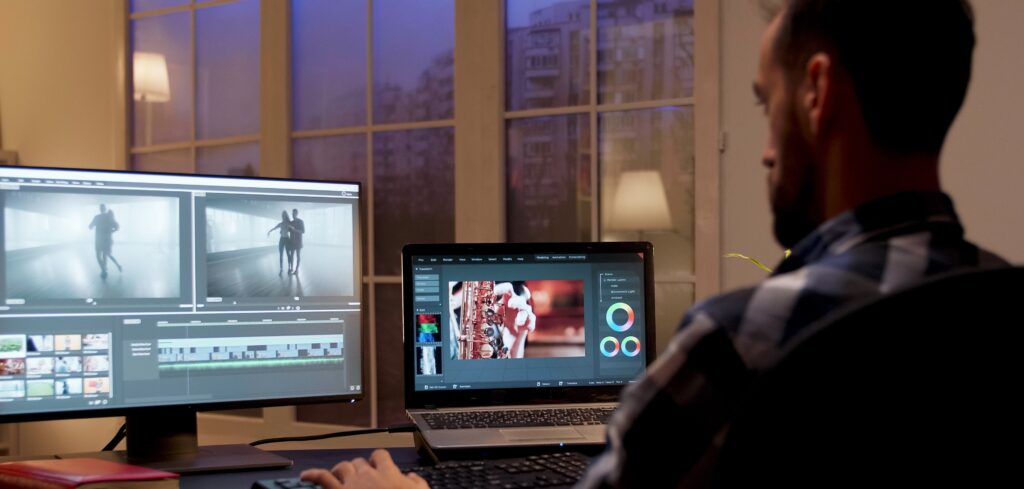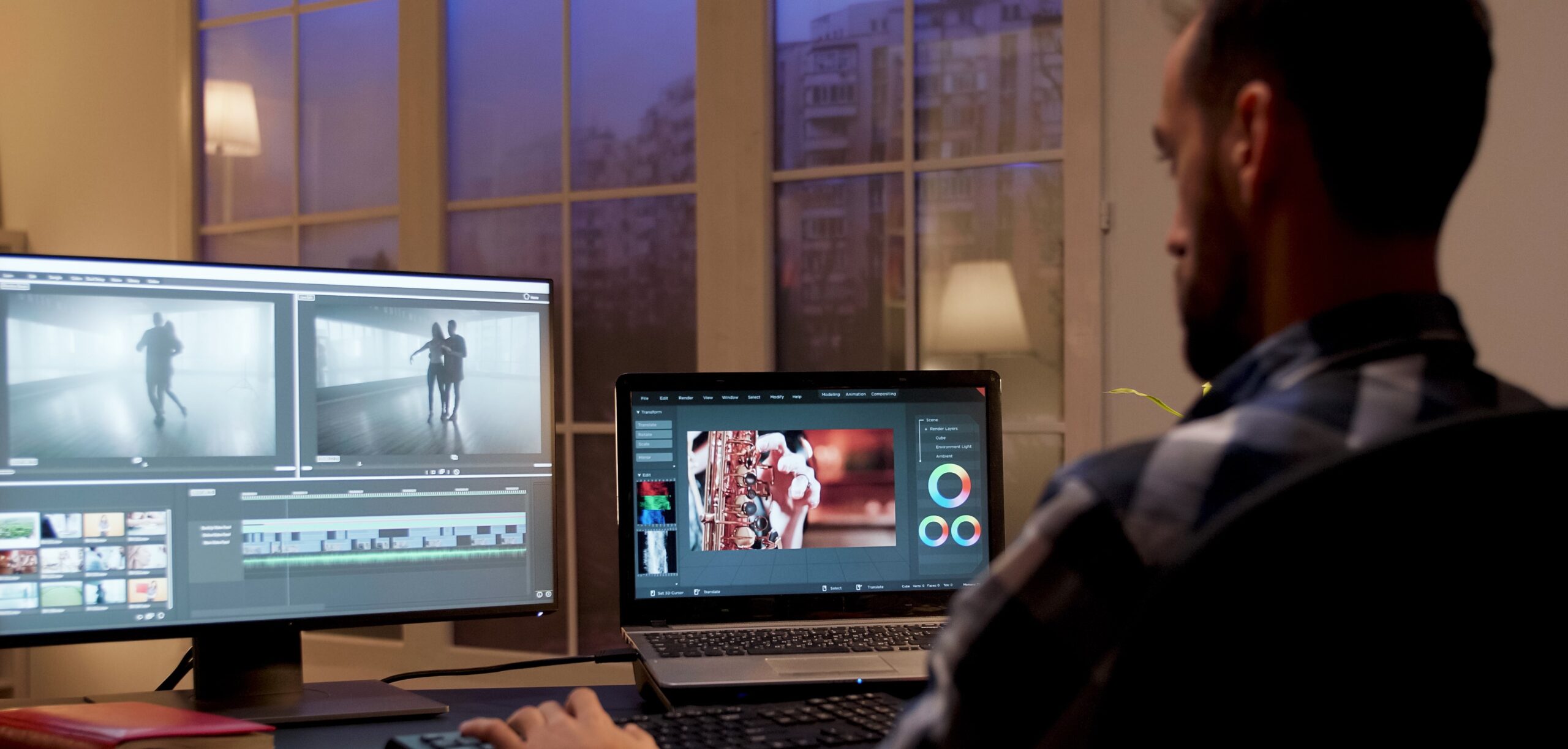Video editing is the unsung hero of the filmmaking process. It’s the art of transforming raw footage into a coherent, engaging, and visually compelling story. A well-edited video can captivate audiences, convey messages effectively, and leave a lasting impact. In this blog post, we’ll delve into the world of video editing, highlighting its significance and providing valuable tips and techniques for achieving exceptional results.
Why Video Editing Matters:
Video editing is the final creative step in the production process, and it matters for several compelling reasons:
- Storytelling: Video editing enables you to craft a narrative, control pacing, and evoke emotions, turning raw footage into a compelling story.
- Visual Cohesion: It ensures the visual and auditory elements of your video are seamless, creating a polished and professional look.
- Engagement: Well-edited videos keep viewers engaged, increasing the chances of them staying until the end.
- Branding: Video editing can enhance your brand’s identity, reinforcing its message and values.

Organize Your Footage: Before you start editing, ensure your footage is well-organized. Create a clear file structure and use descriptive file names to easily locate clips.
Understand the Story: Comprehend the story or message you want to convey. This understanding will guide your editing decisions.
Create a Rough Cut: Begin with a rough cut that includes all your footage. Focus on the story’s structure and pacing without getting caught up in details.
Smooth Transitions: Use transitions like cuts, dissolves, and wipes to maintain visual cohesion and transition between shots seamlessly.
Audio Matters: Pay close attention to audio. Clean up background noise, add music, and ensure the audio enhances the viewer’s experience.
Color Correction and Grading: Adjust colors to create a consistent mood and style throughout your video. Correct any color imbalances and enhance the overall look.
Text and Titles: Use text and titles effectively to provide context, emphasize key points, and guide the viewer.
Experiment with Effects: Experiment with visual effects, but use them sparingly. Effects should enhance the story, not distract from it.
Review and Revise: Don’t be afraid to review and revise your work. Seek feedback from peers and make necessary changes to improve the final product.







